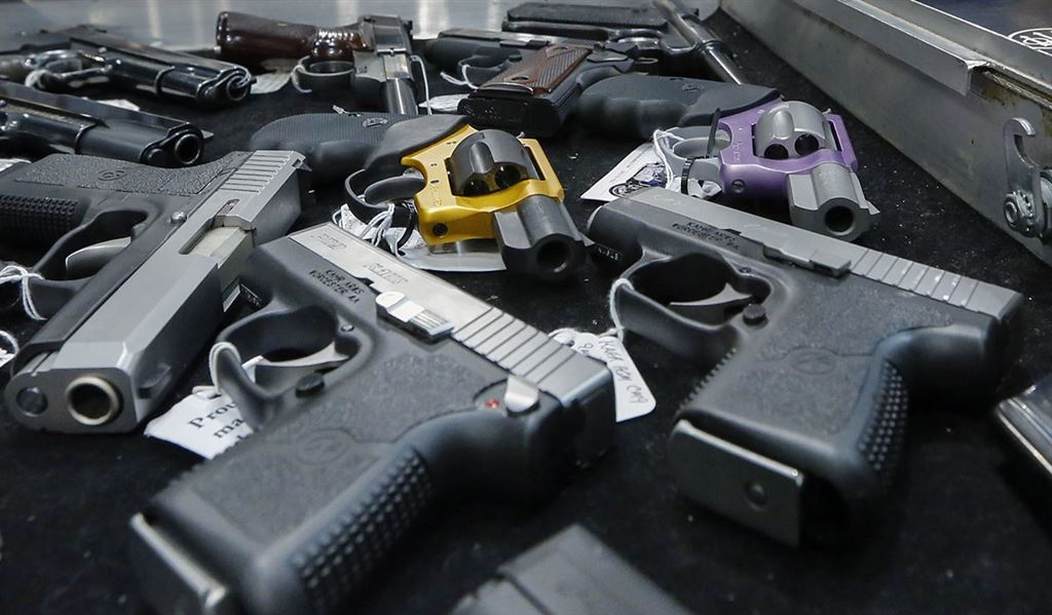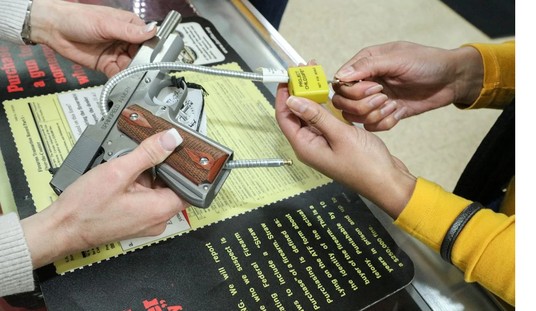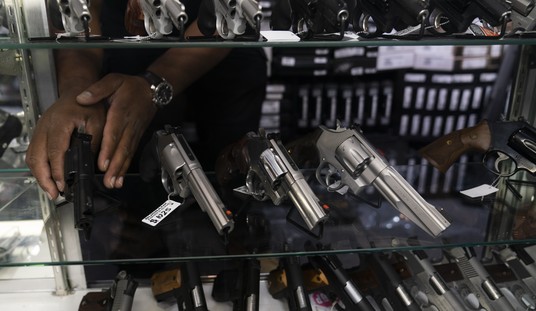The state of Ohio has typically been considered a swing state. They might vote Republican or Democrat, depending on who was running, which made the state incredibly valuable. However, it’s not anymore, and that’s because of gun control.
Not exclusively, mind you, but it’s an issue that has played a significant factor.
While the state was a swing state, it wasn’t full of the far Left, anti-gun Democrats.
The old adage in politics used to be, “As Ohio goes, so goes the nation.” And for the most part, since the start of the 20th century, the Buckeye State had earned that adage, only twice failing to support the national presidential winner — once in 1944 and again in 1960.
That all changed last November when Joe Biden became the first person since 1960 to win the presidency without carrying Ohio. Many in the Washington, D.C.-based political class decided that the people of Ohio had changed.
Well, they haven’t. This misapprehension comes from many Washington journalists having more of a cultural connection with the Democratic candidates they cover than with the voters. The key to understanding Ohio in 2021, and its election in 2022, is to understand how the political parties have changed.
In 2006, Democrats swept Republicans out of power here in a big way amid a major corruption scandal. At the top of the ticket was then-Rep. Ted Strickland, who hailed from a conservative congressional district in southeast Ohio. An ordained United Methodist Minister who opposed gun control, he was appealing to conservative Democrats and evangelical voters.
Another Democrat, Rep. Sherrod Brown, defeated then-Sen. Mike DeWine, the Republican incumbent. Brown ran as a populist that had the workingman and woman’s back.
So Democrats won their last sweeping state-level victory in Ohio with a deliberate working-class and culturally conservative appeal. Strickland lost his reelection in 2010 to John Kasich. He then fell flat in his 2016 bid for Senate. By that time, he had spent too much time in Washington, running the left-wing Center for American Progress. Gone was the pro-gun rights conservative Democrat; gone was his connection with the voters.
The voters had not changed. The Democratic Party most certainly had. The Republican Party changed, too, as it inherited so many of those disaffected conservative Democrats, many of whom had voted for former President Barack Obama twice.
In other words, back in the day, people such as pro-gun Democrats allowed Ohio voters to find candidates that had values closest to theirs and not worry about the party. Folks in Ohio like their guns, among other things.
As the Democratic Party continued to shift leftward, that became far more difficult. Being culturally conservative wasn’t really tolerated among Democratic voters. They wanted everyone to roll further and further to the Left, including their embracing of gun control.
That’s never been a winning strategy.
See, while gun-rights voters will straight up vote against someone for their position on gun control, gun control voters tend not to be driven by that particular issue. In other words, there’s generally far more benefit of being pro-Second Amendment than anti-Second Amendment. That’s especially true in a culturally conservative state like Ohio.
While guns were clearly not the only issue, it was a key one. Again, folks in Ohio love their firearms. It’s part of why now-Governor Mike DeWine can’t get his relatively tame gun control proposal to go anywhere. Even as little as DeWine’s bill seeks to accomplish, it’s still more than Ohio lawmakers care to bother with.
And I believe we’re going to find that more and more states will be right behind Ohio. There’s only so much pandering to the furthest reaches of the left you can do before the rest of the country just says, “Screw it!” and turns on you, especially when it comes to a basic civil liberty.








Join the conversation as a VIP Member